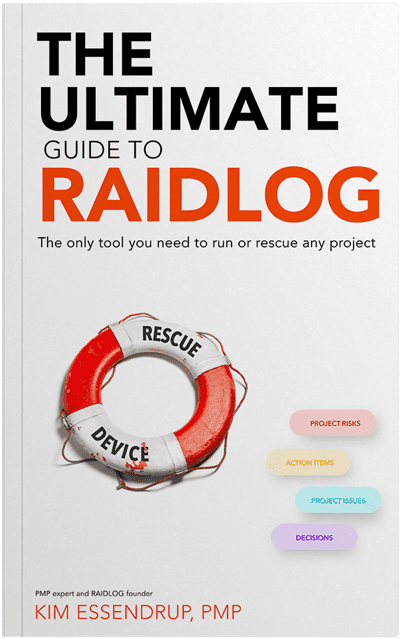What do you do when you come across risks that are so big and potentially devastating that they may warrant re-thinking your entire project? If this happens, then you may need to invest some effort into analyzing those risks to understand them better. This is called quantitative analysis.
Quantitative analysis is the process of putting real numbers to the probability and impact of a risk. This requires additional investigation and maybe some data sampling and detailed analysis using statistical modeling. This investigation can go so far as to become a project unto itself.
Doing so lets you:
- Compare the potential cost, schedule or performance impact of the risk with the expected ROI of the project to see if the project is worthwhile in its current form
- Justify investment in appropriate risk responses
- Determine risk contingencies
This level of analysis is typically only worth the effort for the most significant risks on very large projects. In mining projects, for example, it makes sense to take samples and perform statistical analysis to determine if it makes sense to mine in a certain location or not. For the vast majority of projects, this level of rigor is neither accessible nor necessary, so we won’t explore it much further in this book. The closest most project managers will get to this process is Expected Monetary Value (EMV) analysis, and even that technique is only worthwhile in some circumstances.
Expected Monetary Value (EMV)
Expected Monetary Value is a method of risk analysis which quantifies the financial impact of key risks, and calculates the net value of the risk by multiplying that financial impact by the percent probability that it could occur.
For example, if we have a risk with a 25% probability of occurrence which could result in a $100,000 cost impact to our project, the Expected Monetary Value of that risk is .25 x $100,000 = $25,000. If we have another risk with a 50% probability of a $30,000 impact, the EMV of that risk is $15,000. Put those together, and the EMV of the project’s risk is $40,000 ($25,000 + $15,000).
If the net benefit of our project is expected to be $30,000 and the EMV of our risks is greater than that ($40,000) then we should be asking if this project is worth the potential risks, or at the very least, if we should have contingency funds available.
| % Probability of Occurrence | Financial Impact | EMV | |
| Risk 1 | 25% | $100,000 | $25,000 |
| Risk 2 | 50% | $30,000 | $15,000 |
| Total EMV | $40,000 | ||
This value-driven way to look at risks is beyond the maturity of most organizations, so is not something most project managers will be able to effectively employ. It can be difficult to assign a monetary value to risks that you can defend, especially those that are harder to quantify such as loss in customer satisfaction or team member productivity. And when EMV is used, it is not done on every risk; only the biggest and most impactful. But, it is a good tool to pull out of your bag when you encounter risks that are so big that they may counteract the expected project benefits, or if you need to justify your contingency reserves.
The EMV method can be useful in speaking with executive sponsors about risk in financial terms they understand. But, don’t let the math of probabilities limit your thinking. Regardless of its probability, if the impact of any one risk could cancel out the value expected of the project or make the sponsors rethink undertaking the project, pay that risk some special attention.
Sidebar: If the impact of any one risk would counteract the value expected of the project or make the sponsors rethink undertaking the project, pay that risk some special attention.
